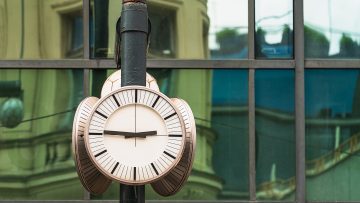The International Space Station has been home to space travelers for nearly two decades now, and with the current crew of six, there’s been a total of 59 expeditions — or, teams of astronauts from the U.S., Russia, and other countries — since it was put into service. With so many human bodies moving in and out of the spacecraft, it was bound to get a little bit dirty, but a new study of the insides of the ISS reveals just how gross it’s become on a microscopic level.
Using samples from various surfaces, NASA researchers reveal that there’s no shortage of life in the space station, aside from the astronauts themselves. Bacteria and fungi have taken up residence in the spacecraft, and there’s reason to believe that some of them may cause problems down the road.
Humans, generally speaking, aren’t exactly clean. Our bodies are teeming with microorganisms, and the vast majority of them never cause us any problems and may even help us maintain our health. Naturally, many of those same types of microorganisms can be found anywhere that humans spend significant amounts of time, and the ISS is no exception.
However, what researchers are concerned about is how the environment of space may affect the ability of the microscopic organisms to change over time. Microgravity and radiation from space could prompt mutations that might threaten crew members not just on the International Space Station but future long-haul crewed missions as well.
This new study, which was published in Microbiome, used dozens and dozens of surface wipe samples taken from various locations around the space station over the course of 14 months. Locations included overhead panels, bathroom, dining table, and walls.
Dozens of bacteria and fungi were identified in the samples, and many of them were the same types typically found in places like offices and gyms on Earth. Some are considered to be “opportunistic” bacteria, which have the potential to cause health problems.
“Whether these opportunistic bacteria could cause disease in astronauts on the ISS is unknown,” first author Dr. Checinska Sielaff said in a statement. “This would depend on a number of factors, including the health status of each individual and how these organisms function while in the space environment. Regardless, the detection of possible disease-causing organisms highlights the importance of further studies to examine how these ISS microbes function in space.”
Other recent research into the bacteria aboard the ISS suggests that microbes in the space station seem to be adapting to their surroundings rather than mutating for the purposes of infecting the astronauts on board. The study shot down the idea that the ISS was unwittingly breeding “super bugs,” but noted that it’s possible for bacteria in the ISS to cause disease.
Going forward, research like this will be vital in ensuring that long-distance crewed missions to neighboring planets like Mars have the best chance of succeeding, with astronaut health being a top priority.







